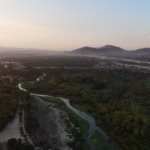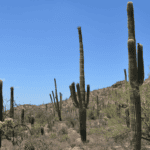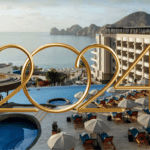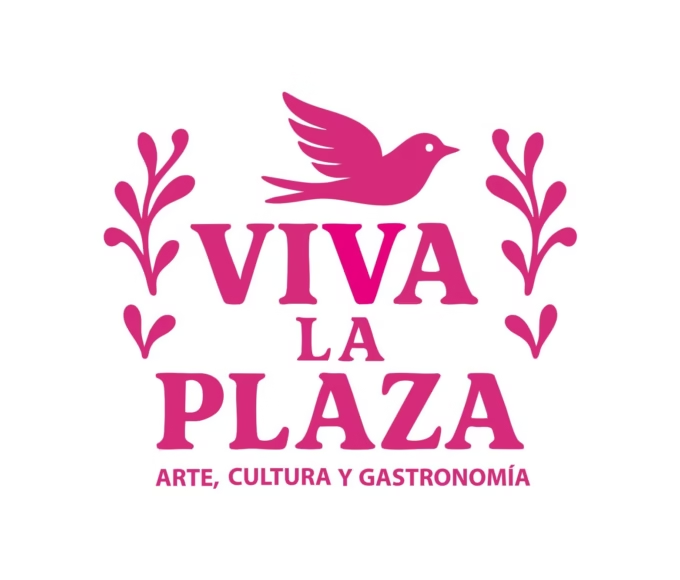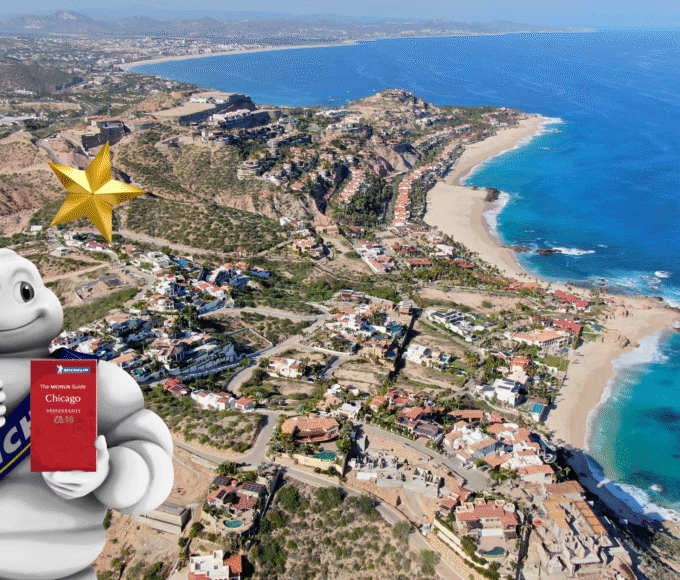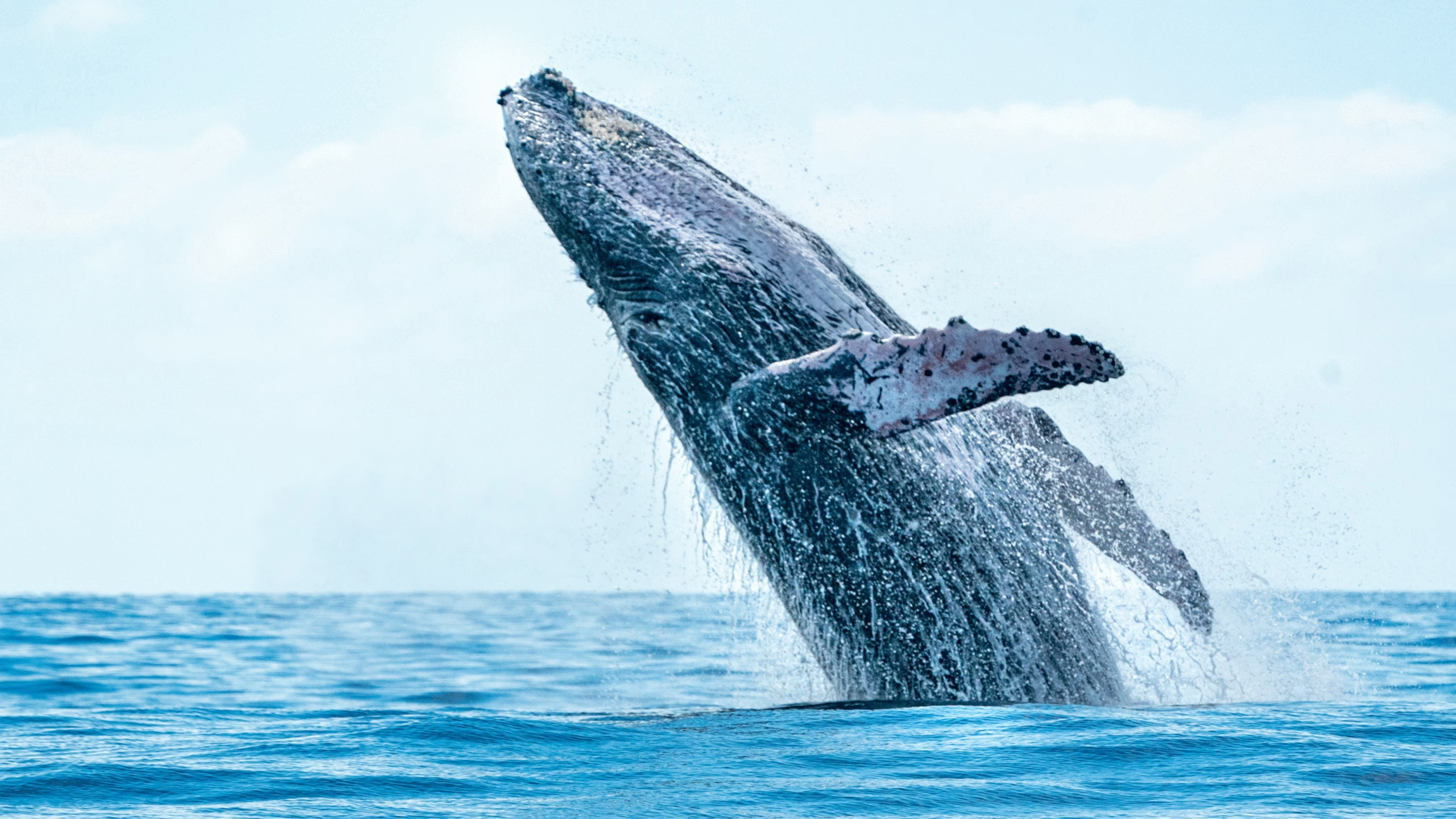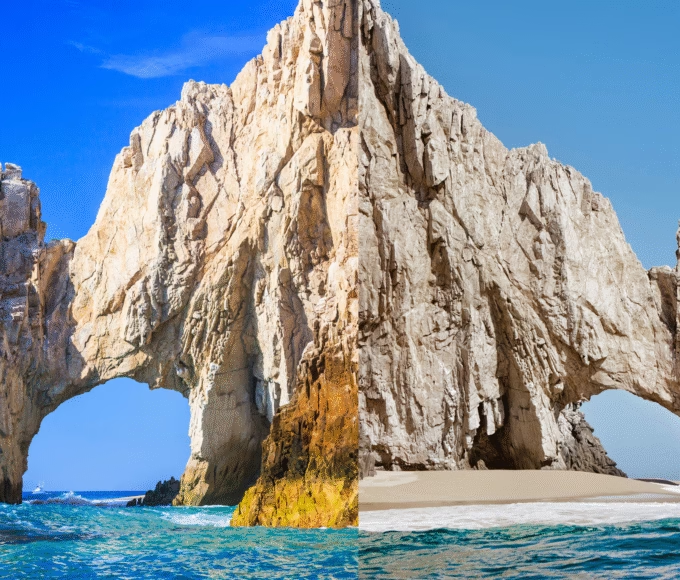TOP INSIGHTS
© The Cabo Magazine. All Rights Reserved. | Website Developed & Marketed by MADEUMEDIA
document.getElementById("year").textContent = new Date().getFullYear();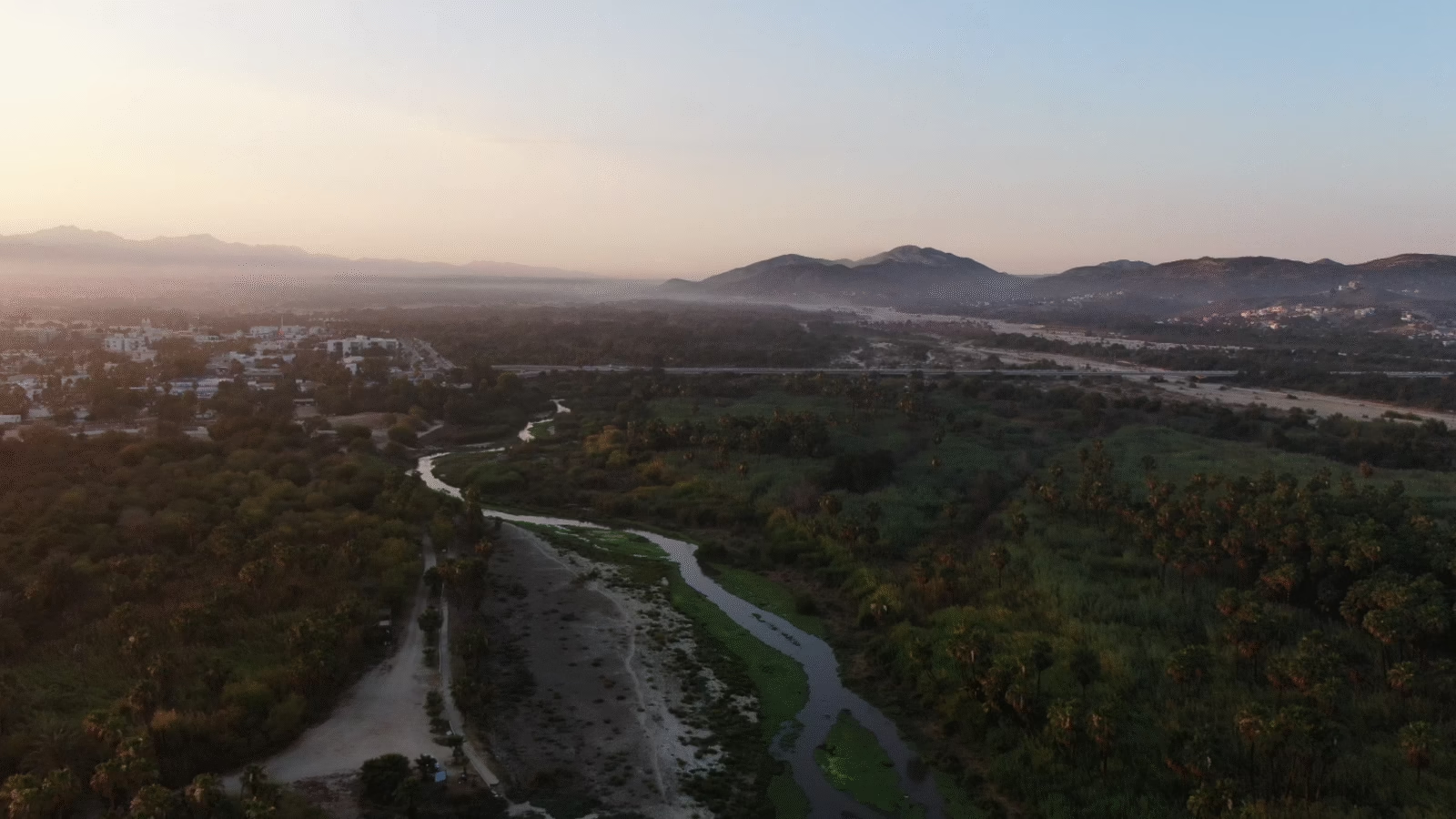
Urban Growth Meets Nature: Ecosystem Integration in Cabo San Lucas
Ecosystem Integration into Urban Development in Cabo San Lucas
Urban growth in Cabo San Lucas has been accelerating for years, fueled by tourism, real estate, and population expansion. However, with this growth comes a challenge: how to preserve natural ecosystems while expanding the urban footprint. The future of Cabo depends on striking the right balance between development and nature.
Why Ecosystem Integration Matters
Unplanned urban sprawl often leads to deforestation, habitat fragmentation, water stress, and a reduction in biodiversity. By integrating ecosystems into urban planning, cities like Cabo San Lucas can:
- Maintain green corridors that allow wildlife to move freely.
- Protect water basins and mangroves that safeguard the coastline.
- Reduce the urban heat island effect with more green infrastructure.
- Improve air quality and provide recreational green spaces for residents.
Strategies for Cabo’s Sustainable Growth
Based on the Biocitis Action Plan for Los Cabos, several strategies are already being considered to embed ecosystems into the urban fabric:
- Green Infrastructure
Incorporating trees, native plants, and water-sensitive landscapes into urban design helps reduce flooding, filter air, and lower temperatures. - Urban Biodiversity Corridors
Connecting natural areas to the city with ecological corridors ensures that urban development does not isolate species and helps maintain ecosystem services. - Sustainable Urban Drainage Systems (SUDS)
Managing stormwater through permeable pavements, rain gardens, and wetlands prevents erosion and recharges groundwater. - Nature-Based Urban Design
New developments in Cabo can be designed with parks, vertical gardens, and community green spaces as integral parts of construction projects, not just decorative additions.
Benefits for Cabo San Lucas
- Tourism appeal: Visitors are increasingly drawn to destinations with a visible commitment to sustainability.
- Healthier communities: Access to green spaces improves physical and mental health for residents.
- Climate resilience: Ecosystem-based planning helps the city adapt to floods, hurricanes, and extreme heat.
- Economic value: Properties in greener, sustainable areas tend to retain higher long-term value.
Challenges Ahead
Cabo faces the difficulty of rapid urban expansion with limited regulatory enforcement. Without strong policies, developments risk encroaching into fragile ecosystems such as mangroves, arroyos, and coastal dunes. Collaboration between government, private developers, and local communities will be key.
A Call for Action
The integration of ecosystems into Cabo’s urban footprint is not just an environmental concern — it is a social, economic, and cultural opportunity. By protecting biodiversity and embedding it into urban design, Cabo San Lucas can evolve into a model city of sustainable tourism and resilient urban growth.
Green Corridors – The Lungs of Cabo’s Urban Future
As Cabo San Lucas continues to expand, balancing urban growth with environmental preservation is becoming more urgent than ever. One of the most innovative and impactful strategies being discussed in sustainable urban development is the creation of green corridors — ecological pathways that connect natural ecosystems with urban spaces.
These corridors act as the lungs of the city, bringing nature into the heart of the urban environment while allowing wildlife to thrive and ecosystems to remain resilient despite development pressures.
What Are Green Corridors?
Green corridors are stretches of vegetation, parks, rivers, arroyos, and natural landscapes intentionally designed to connect fragmented ecosystems within urban areas. They can include:
-
Linear parks and trails that link different neighborhoods.
-
Tree-lined streets that reduce heat and provide habitat for birds and pollinators.
-
Restored arroyos and wetlands, which naturally guide rainwater and prevent flooding.
-
Green rooftops and vertical gardens, turning concrete into living, breathing spaces.
In short, they are more than just green spaces — they are functional ecosystems integrated into urban planning.
Benefits of Green Corridors in Cabo
Cabo San Lucas is unique. It is surrounded by desert, mountains, and ocean — all fragile ecosystems that could disappear if urban growth continues without regulation. Green corridors offer multiple benefits:
-
Biodiversity Conservation
They create safe pathways for birds, butterflies, reptiles, and mammals to move between habitats without being trapped by buildings or roads. -
Climate Resilience
By cooling down the city, filtering air, and managing rainwater, corridors help Cabo prepare for the increasing effects of climate change. -
Human Well-being
Studies show that access to greenery reduces stress, promotes physical activity, and strengthens community bonds. In Cabo, corridors could serve as spaces for recreation, culture, and education. -
Tourism Value
Imagine visiting Cabo and not only enjoying its beaches but also walking through urban trails surrounded by native flora. Eco-tourism within the city could become a powerful attraction.
Challenges in Los Cabos
Implementing green corridors in Cabo is not without challenges. Rapid real estate growth and tourism demand have often prioritized short-term gains over ecological balance. Some of the most critical threats include:
-
Construction in natural arroyos and dunes that disrupt natural drainage.
-
Loss of native vegetation replaced by imported species with high water demands.
-
Fragmentation of habitats caused by unplanned urban sprawl.
Without strategic planning, Cabo risks losing its ecological identity.
A Vision for Cabo’s Urban Future
The Biocitis Action Plan for Los Cabos already identifies the opportunity to create a network of green and blue infrastructure (green = vegetation, blue = water systems). This vision could include:
-
Rehabilitating arroyos as eco-parks that protect natural drainage and double as recreation spaces.
-
Designing bicycle and pedestrian routes shaded by native trees, connecting neighborhoods in a sustainable way.
-
Promoting community gardens and green rooftops to make every citizen a guardian of biodiversity.
-
Creating regulations for real estate projects to include ecological buffers and preserve natural corridors.
A Model for Other Cities
If Cabo embraces green corridors as part of its urban DNA, it can set an example for other tourist destinations around the world: a city that grows without destroying its essence, a place where urban development and ecosystems coexist in harmony.
What do you think Cabo should prioritize first: restoring arroyos as eco-parks, creating tree-lined corridors, or regulating green requirements for new developments? Share your thoughts and photos of Cabo’s natural beauty with us at hello@thecabomag.com.

THE CABO MAGAZINE
The Cabo Magazine, based in Cabo San Lucas, is a trusted media platform showcasing Baja California Sur's vibrant culture. Through engaging print, digital, and interactive content, it covers food, travel, luxury lifestyles, real estate, and local events, connecting readers to the best of Cabo.
Trending Now
Business Spotlight

Related Articles
Viva La Plaza Returns | A Weekly Cultural Festival in Cabo San Lucas Every Sunday
Bringing Art, Culture & Gastronomy Back to the Heart of Cabo The...
ByTiffanyOctober 19, 2025Cabo San Lucas’ Michelin Star & Recognized Restaurants You Can’t Miss
Michelin-Recognized Dining Gems in Cabo San Lucas & Los Cabos Cabo San...
ByTiffanyOctober 12, 2025The Giants of the Ocean in Cabo San Lucas: How We Can Experience Them Responsibly
The Giants of the Ocean in Cabo San Lucas: How We Can...
ByTiffanyOctober 10, 2025The Arch of Cabo San Lucas Reveals Its Hidden Beach
The Arch of Cabo San Lucas: A Rare Sand Formation Appears One...
ByTiffanyOctober 8, 2025



